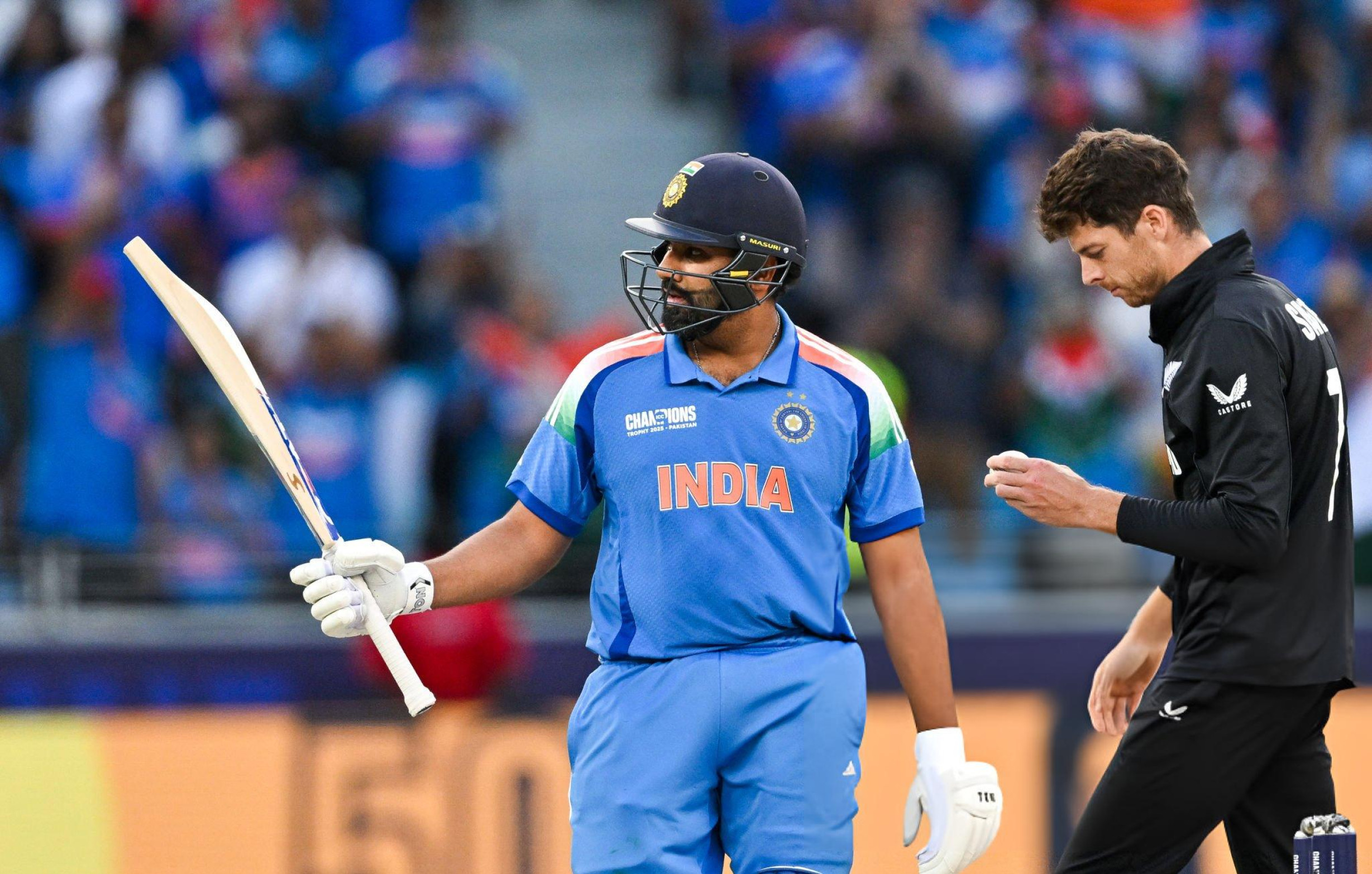
Cricket is often seen as a game of skill, strategy, and passion, but behind the thrilling sixes and fast-paced bowling lies a world of scientific innovation. From high-tech equipment to advanced analytics, cricket has evolved into a sport deeply influenced by science and technology. These innovations not only improve player performance but also enhance fan engagement, safety, and the overall spectacle of the game.
In this blog, we explore the science lab behind cricket innovations, the technologies driving the sport, and how these developments are shaping modern cricket.
1. High-Tech Equipment
Cricket equipment has undergone a dramatic transformation due to scientific research:
- Bats: Modern cricket bats are designed using advanced wood treatment and ergonomic engineering, improving power, control, and durability. Carbon fiber inserts and specialized grains enhance sweet spot performance.
- Balls: Innovations in ball design, including seam structure and polishing techniques, affect swing, spin, and bounce, giving bowlers new advantages.
- Protective Gear: Helmets, pads, and gloves are now designed with impact-resistant materials like carbon fiber, improving player safety without compromising mobility.
The science behind equipment ensures that players can maximize performance while minimizing risk, allowing the game to evolve with player safety in mind.
2. Wearable Technology
Wearable devices are now a standard part of professional cricket:
- Fitness Trackers: Monitors track player heart rates, energy expenditure, and fatigue levels during training and matches.
- Motion Sensors: Embedded in bats and gloves, these sensors analyze swing speed, shot timing, and power.
- Biomechanical Analysis: Helps in detecting improper techniques that could lead to injuries, optimizing bowling action and batting form.
This wearable technology allows coaches and players to make data-driven improvements, revolutionizing performance management.
3. Data Analytics and Match Strategies
Modern cricket teams rely heavily on data analytics to plan strategies:
- Performance Metrics: Player stats, strike rates, economy rates, and fielding efficiency are analyzed using advanced software.
- Predictive Analysis: Machine learning models predict bowler-batsman outcomes, helping teams anticipate strategies.
- Video Analysis: High-speed cameras capture micro-movements, enabling coaches to correct mistakes and improve technique and field placement.
Data-driven insights have transformed cricket into a game of strategy backed by science, where decisions are informed by precise information rather than instinct alone.
4. Innovations in Pitch and Ground Technology
The cricket field itself has benefited from scientific innovation:
- Smart Pitches: Advanced soil treatment, moisture sensors, and grass management ensure consistent bounce and swing conditions.
- LED Boundaries and Digital Displays: Enhance fan experience and provide real-time match data visually.
- Stadium Lighting: High-intensity LED lights reduce shadows and improve visibility for players and broadcast quality.
These innovations ensure that matches are fairer, safer, and more entertaining, while also maintaining pitch longevity.
5. The Role of Sports Science
Sports science has become integral to cricket:
- Injury Prevention: Physiotherapy, strength training, and recovery monitoring reduce the risk of injuries.
- Nutrition and Hydration: Scientific dietary plans enhance stamina, focus, and recovery during long matches.
- Mental Conditioning: Psychologists use cognitive training to improve focus, decision-making, and handling pressure.
Scientific support systems allow players to perform consistently at the highest level, even under intense pressure.
6. Innovations in Fan Engagement
Science and technology aren’t limited to players—they enhance fan experience as well:
- Hawk-Eye and Ball Tracking: Provides real-time visualizations of ball trajectories, aiding DRS decisions and fan understanding.
- VR and AR Experiences: Fans can experience stadium-like immersion from home, analyzing matches from multiple angles.
- Live Stats and Analytics Apps: Real-time data on runs, strike rates, and player comparisons keep fans engaged online.
These innovations create a connected cricket hive, where fans interact with the sport in ways previously unimaginable.
7. Future Innovations
The science lab behind cricket continues to explore cutting-edge developments:
- AI-Powered Training Tools: AI coaches providing tailored guidance based on performance patterns.
- Smart Helmets: Helmets with impact sensors and real-time health monitoring for player safety.
- Enhanced Ball Technology: Balls designed to improve fairness in swing and spin across different conditions.
These upcoming innovations promise to further revolutionize the game, ensuring cricket remains exciting, safe, and globally engaging.
Conclusion
Cricket today is more than a game—it’s a fusion of athleticism, strategy, and science. From high-tech equipment and wearable analytics to data-driven strategies and stadium innovations, science has transformed every aspect of the sport.
The science lab behind cricket innovations not only improves player performance but also enhances safety, fan engagement, and the overall spectacle of the game. As technology continues to advance, cricket will evolve into an even more dynamic and connected global sport, where science and skill go hand in hand.
For fans, players, and analysts, understanding these innovations provides a deeper appreciation for the game and highlights how science is shaping the future of cricket.


